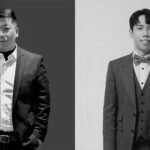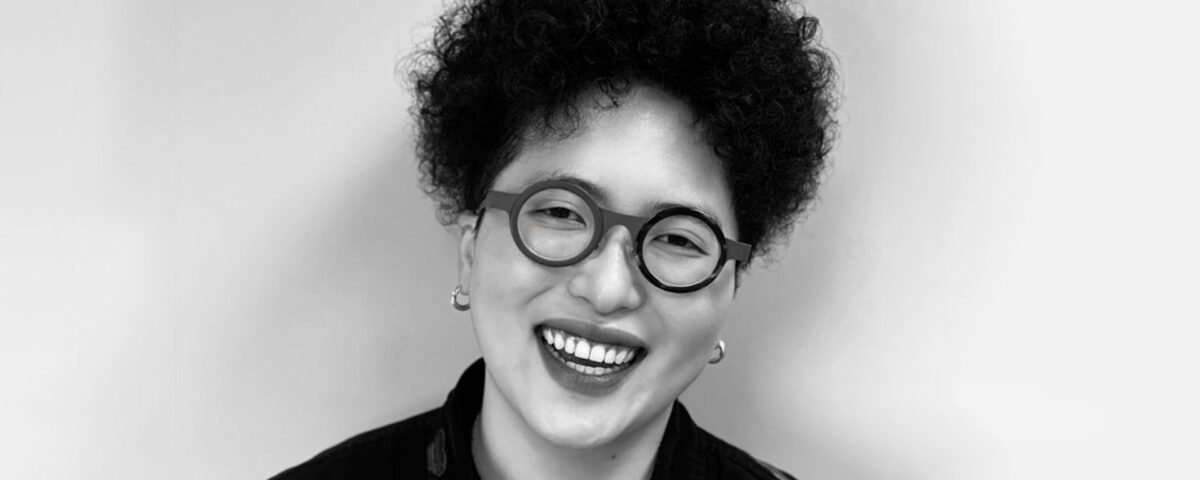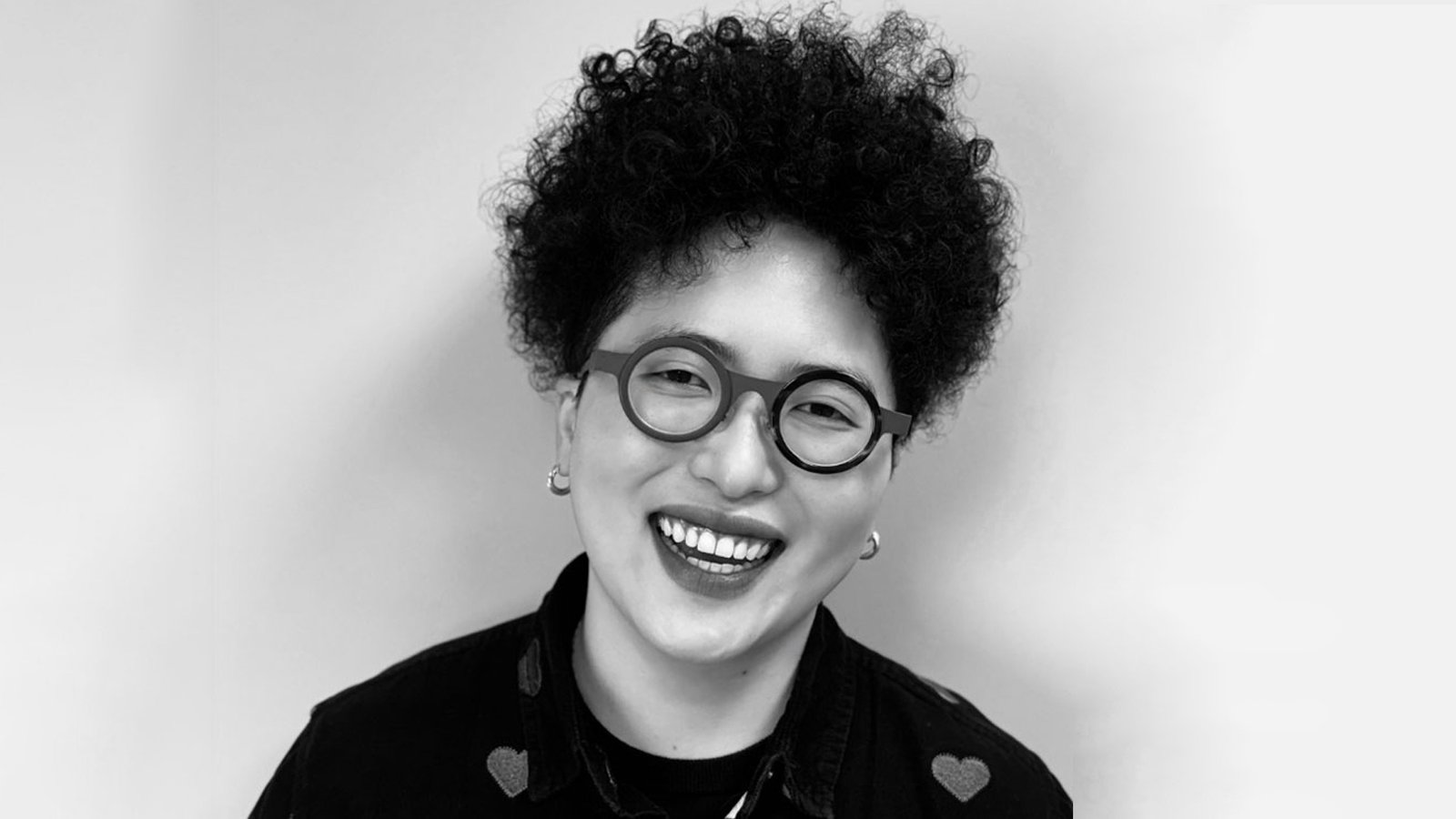
The Art of Subtle Luxury: Bezalel Interior Design on Crafting a Family Home
June 3, 2025
Behind Back on Rail Brownfield Restoration & Urban Renewal Masterplan with Yuan Tian
June 3, 2025Chyi Ruey
Chyi Ruey draws from visual media and contemporary art to shape her fragrance brand, PANG GONG GONG CO., LTD., exploring how scent’s essence can be expressed through imagery. Rooted in authenticity, she designs from the inside out, letting scent, image, and story reflect cultural depth.
Being recognized by the MUSE Design Awards is both an honor and an affirmation. For me, design is not just about aesthetics—it’s about storytelling, emotion, and the connection between people and the invisible details of life. This recognition tells me that my work has resonated beyond borders, that the values I hold—authenticity, sustainability, and cultural depth—are being seen and celebrated.
It encourages me to keep creating with sincerity, and to keep pushing boundaries with design that feels both grounded and imaginative.
Winning the MUSE Design Awards has been more than just a milestone—it feels like a quiet affirmation that the path I chose matters. As an independent creator and the founder of pāng, I’ve always believed in designing from the inside out—letting scent, image, and story echo the nuances of culture, especially the subtle richness of my country.
This recognition has brought more eyes to my work and opened up opportunities to connect with collaborators who care about authenticity and meaning. As a one-person brand, it’s deeply encouraging. It reminds me that staying true to my roots, honoring local identity, and crafting with care is not only possible—it’s necessary.
Experimentation is at the heart of everything I do. As someone who works with scent—a medium that’s invisible, emotional, and deeply personal—I’m constantly exploring how to translate something ephemeral into something tangible.
One of my favorite examples is Betel Blossom Night, a scent shaped by both olfactive storytelling and visual poetry. The visual design centres around the betel blossom enveloping the swaying iris flowers, echoing the traditional wrapping techniques used in betel nut preparation. The background, with its soft pink twilight and white clouds outlined by tuberose, collectively reflects the connection to my country.
Through this piece, I wanted to bring a sense of place into the work—not just through ingredients, but through cultural gestures and visual memory. I see experimentation as a way of honoring the unseen—transforming local stories, textures, and rituals into a sensory experience that can be felt beyond words.
I wouldn’t say my inspirations are unusual—but they are deeply unique to me. I find meaning in the smallest things: the way afternoon light hits a tiled wall, the scent of dried herbs in a market, a phrase overheard in a local dialect. These details might seem ordinary, but through my eyes—and through my multicultural background—they become layered, emotional, and worth preserving.
As someone who lives between cultures, I’m constantly navigating in-betweens: tradition and modernity, memory and reinvention. That perspective shapes how I see beauty, and how I build it into both scent and image. So rather than seeking the strange, I let the everyday become extraordinary.
I wish more people understood that design isn’t just about creating something that looks good—it’s about building something that feels true, something that resonates emotionally. Every decision, material, and detail is part of a larger story. It’s a slow, intentional process of exploration, where I often spend more time feeling the concept than seeing it.
Whether I’m designing a fragrance or a visual concept, I’m thinking about its cultural roots, its atmosphere, and how it interacts with the senses. It’s about bringing depth and meaning into something that might seem simple on the surface. The real work lies in translating the invisible—emotion, memory, or culture—into something tangible others can experience. That’s the heart of design.
Coming from an artistic background, I’ve always believed that creation should come from a place of authenticity, a true expression of the ideas and emotions that drive me. But as I venture into building a fragrance brand, I’ve found that balancing personal vision with commercial expectations can be a delicate and sometimes challenging dance.
It’s a constant internal struggle, really. On one hand, I want to stay true to the stories I want to tell—whether it's the cultural richness of Taiwan or a deeply personal experience. But on the other hand, I recognize the importance of ensuring my creations connect with people and resonate on a broader level.
This balance often requires me to step back, reassess, and sometimes even make compromises. While the process can feel like a tug-of-war between artistic freedom and business practicality, I’ve learned that it’s not about choosing one over the other. It’s about finding a space where my artistic values can still shine through, even within the constraints of what the market demands. It’s not always easy, but it’s in that struggle that the most meaningful creations emerge.
I come from a photography and visual art background, so my work is deeply rooted in observation. I’ve always been drawn to mood, texture, light, and the stories hiding in everyday moments. Those sensibilities shape how I approach design—I don’t just think about how something looks or smells, but how it feels.
My values come from slowness, honesty, and attention to the quiet details that often go unnoticed. That’s where emotion lives, and that’s what I try to bring into everything I create.
My advice would be to stay true to yourself and embrace your unique journey. Your personal background, your life experiences—these are things no one else has. Don’t try to fit into someone else’s mold or follow trends because success isn’t about copying others; it’s about creating from a place of authenticity.
Use your past, your culture, your passions, and let them shape your designs. That’s how you’ll find your true voice, and that’s what will set you apart in a world full of imitation.
I would love to collaborate with Issey Miyake. I’ve always admired his ability to merge form, function, and emotion in his designs. Wearing his pieces feels like a unique connection between the body and the garment—it’s almost like wearing art. I deeply respect how he embraces simplicity while adding layers of complexity in subtle ways, something I try to do in my own work with fragrance and visual design.
A collaboration with him would be an exciting opportunity to explore how design, scent, and everyday life can all come together in a meaningful way.
I wish people would ask me, "What do you hope your designs will make people feel?" My answer would be: I want my work to make people feel happy, to bring them joy and a sense of freedom. I create something that’s not only forward-thinking and innovative, but also transcends gender, societal expectations, and the limitations of traditional forms.
It’s about breaking boundaries—letting people experience beauty without restrictions, and embracing a new sense of possibility in design.
Chyi Ruey
Chyi Ruey draws from visual media and contemporary art to shape her fragrance brand, PANG GONG GONG CO., LTD., exploring how scent’s essence can be expressed through imagery. Rooted in authenticity, she designs from the inside out, letting scent, image, and story reflect cultural depth.
Explore the journey of Ruoyun (Dry) Dai, the Gold Winner of the 2025 MUSE Design Awards. She blends art and design to transform hidden emotions into immersive experiences. Rooted in architecture, she now uses AR and interactive storytelling to create spaces that reach beyond the physical.







